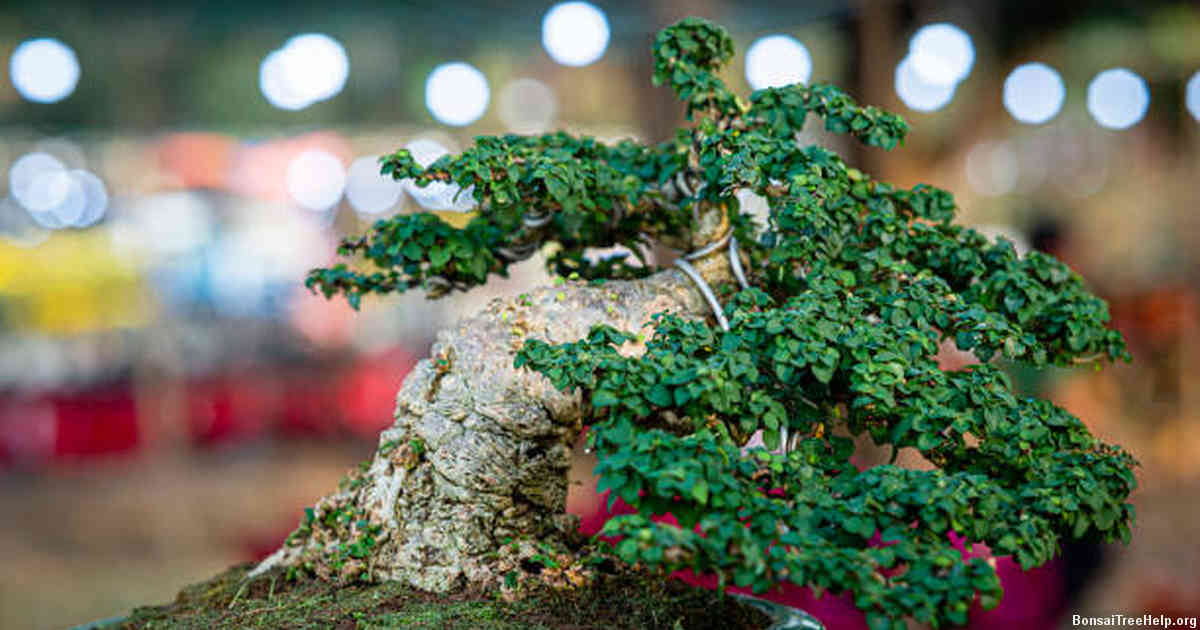
To train a grapevine to grow like a bonsai, start by pruning it back to a manageable size when it reaches 6-8 inches tall. Prune the shoots and leaves off with scissors or shears until you have an evenly shaped shrub. Then support the vine while tying its stems with soft material, such as string or wire, to keep them from growing in any unwanted directions. Keep training and regularly trimming your grapevine over time, and make sure not to leave more than five buds per shoot. Use stakes or posts for extra support if needed. Don’t forget to water the plant regularly to ensure that it remains healthy during the bonsai training process.
Contents:
- Techniques for Grapevine Pruning and Training
- Structural Planning of a Bonsai Grapevine
- Establishing the Primary Trunk and Branches
- Proper Placement of Wiring around the Vines
- Training Techniques for Leaf Removal
- Maintenance Tips for Managing Growth and Fruiting
- Fertilization and Watering Requirements for Bonsai Grapevines
Techniques for Grapevine Pruning and Training

Proper pruning and training of a grapevine is paramount for shaping it into the desired bonsai-like form. Pruning focuses on removing weak or excess shoots, while training entails tying the vine to an appropriate support structure. With the right techniques, you can cultivate lush foliage and striking visual displays from your grapevines.
To begin with, you’ll need to make sure that any unwanted growths are removed from the main trunk and other main branches. To ensure new growth fills out in certain areas, more drastic measures such as cutting off large sections may be required as part of regular maintenance. As you shape your grapevine, be aware of what type of woody parts will generate new buds so that they can be left exposed while others are trimmed away.
It’s equally important to consider how much sunlight exposure the plant will receive when deciding where best to place its support structure – this ultimately has a major influence on how vigorous the growth is throughout different seasons. If a lattice trellis is used it should cover all sides of the vine; no matter which way it moves during its development, each shoot should have access to light for proper photosynthesis and balanced growth overall.
Structural Planning of a Bonsai Grapevine
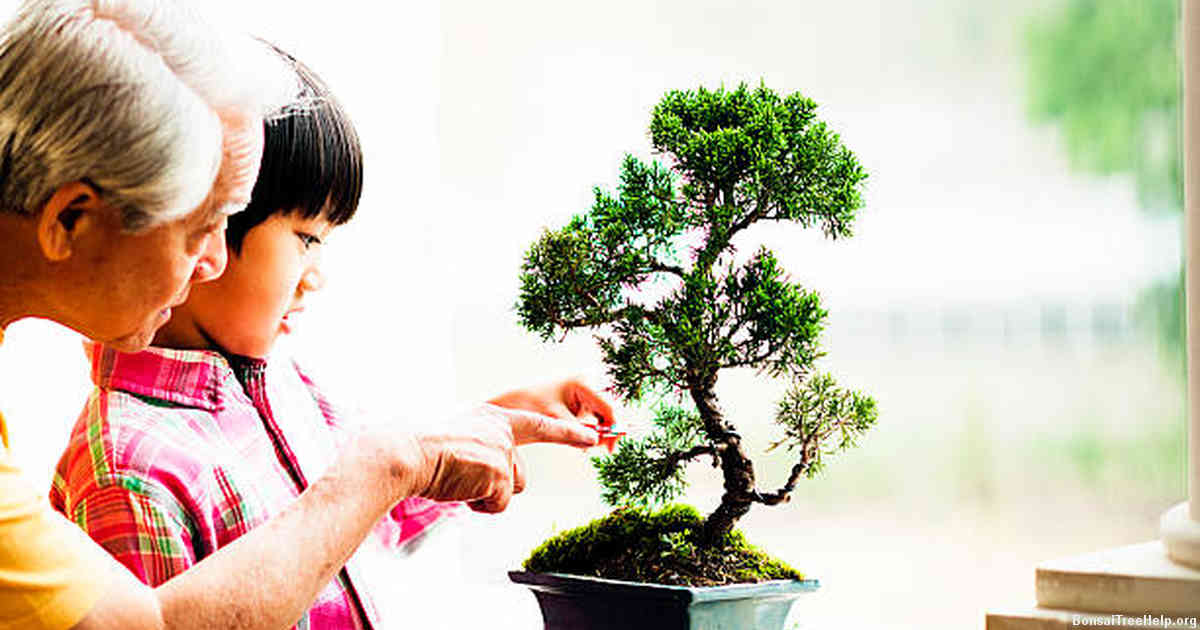
Before a bonsai grapevine is ready for planting, thoughtful structural planning should be put in place. It’s important to determine where the main shoots will go and how they will be branched out accordingly. A good way of doing this is by sketching out a bonsai-style shape on a sheet of paper. The main branches should mirror the outline of your chosen design, such as an upright style, slanting style or cascade style.
Pruning techniques can then be used to reach the desired effect. Careful removal of leaves and branches can ensure that the plant grows into its intended form over time. Starting off with younger growth encourages strong branching while keeping shoot tips short limits further vertical growth and aids leaf growth, thus creating more foliage towards the bottom part of the bonsai tree. Wiring techniques are often employed to manipulate and train shoots in one particular direction so as to achieve an even more pleasing aesthetic look when mature.
Continuous pruning should always take place for maintaining this miniature size characteristic of bonsai trees, including removing any competing buds from forming at regular intervals and pinching buds once in awhile when necessary to help keep everything within scale as it matures. Following these steps properly helps create an incredibly beautiful houseplant that still captures all the beauty that a full sized outdoor grapevine does.
Establishing the Primary Trunk and Branches
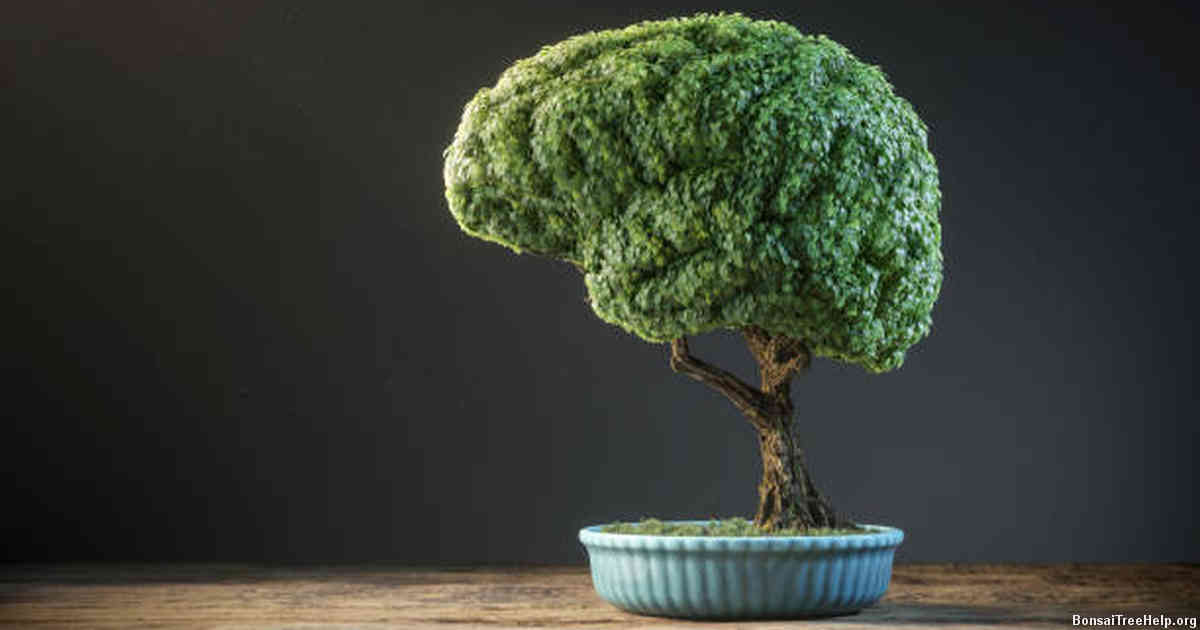
Proper pruning is the key to shaping a grapevine into the desired bonsai form. Establishing the primary trunk and branches gives structure to the plant’s growth. As soon as you can, make sure each shoot is led toward its eventual destination with strings or wires. During this stage, it’s important to not let too many vigorous shoots grow from near the roots which could lead to an overgrown bonsai later on.
Once you have established where you want your main trunk and branches leading off of it, cut back any additional buds that will divert energy away from where you need it most. In other words, be ruthless in cutting off anything that doesn’t contribute directly to forming your desired shape in order for all nutrients going up into the tree are fully used by only those few vital branches and shoots – not wasted on others.
It may take two or three years before you get the true shape of a bonsai vine but keeping it pruned back will encourage a more dense foliage cover and increase flower production – both necessary characteristics of a beautiful, healthy bonsai formation. To achieve best results employ vigilant pruning practices such as summer pinching of leaves and buds so shoot lengths remain in check all year round and don’t wildly run out of control throughout their active season.
Proper Placement of Wiring around the Vines
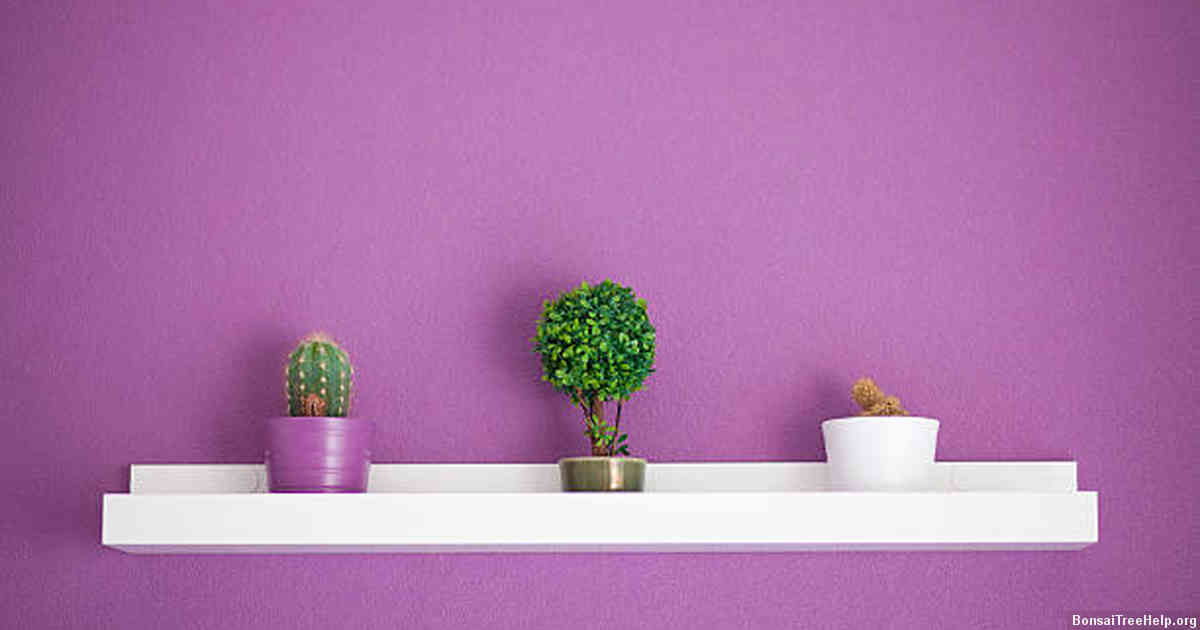
One of the most important steps in training a grapevine to grow like a bonsai is proper placement of wiring around the vines. When done correctly, it helps guide and shape the growth and movement of the vine so that it can become an elegant, miniature tree-like structure with intricate curves. Wiring involves wrapping either aluminum or copper wire around branches in different directions and at various angles to bend them according to your desired design. The wires should be placed low down on younger vines but higher up as they mature – this will help hold those trained shapes without stressing or injuring the plant. To ensure even tension while you work, do not use too much force when twisting the wire around each section; always start from the base and work your way up for best results.
The individual vines need to be wired with enough space between them for airflow which promotes healthy development for new leaves and fruit production throughout its lifetime. In terms of material used for wiring, copper is generally preferred over aluminum as it has more flexibility which can help reduce breakages during installation or if hit by heavy rain during growth season. However, there are many factors such as climate change or soil type that can also affect how easily copper gets corroded so inspect your wires regularly before applying them on any plants.
In order to keep things organized while you’re wiring your grapevine, consider setting aside one day every two weeks just dedicated solely to taking care of them – check if existing branches still require further molding or if any additional support needs to be added due their constant growing habit which might otherwise cause it to look untidy over time. This way you can make sure all these beautiful details remain intact for years to come.
Training Techniques for Leaf Removal
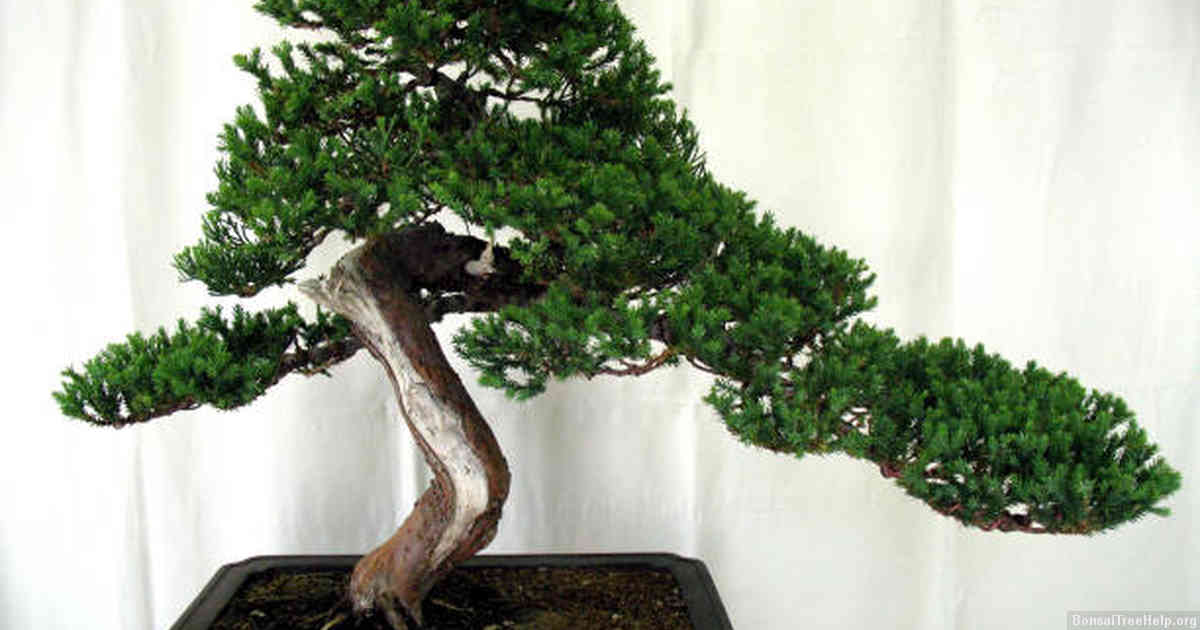
One of the main training techniques to achieve a bonsai-like shape in grapevines is leaf removal. While it can be tempting to let your vine naturally prune its own leaves, taking some control over the process yourself is essential for achieving an aesthetically pleasing result. Leaf removal works best when done early on, during the spring or summer before seasonal growth occurs.
To begin leaf removal, you will need to inspect each branch of your grapevine and select only those that are thickest at the base. Avoid selecting brittle or weak stems; even if they can bend easily into shape, these branches are more prone to breaking under stress from growing weight. Once you have chosen healthy branches, use sharp scissors or pruners and begin removing their leaflets one by one until only two or three leaflets remain. This allows sunlight to reach inner parts of the vine as well as promote air circulation between leaflets while also creating a strong foundation upon which new shoots may form later on in its development.
Remove competing buds along with any extraneous growth situated too close together so that greater focus may be placed on fewer vigorous nodes instead. By cutting back unneeded growth regularly throughout its lifespan, a young sapling can slowly mature into full-fledged foliage with shapely branching curves similar to traditional bonsai styles like cascades and semi-cascades – however you’d prefer.
Maintenance Tips for Managing Growth and Fruiting
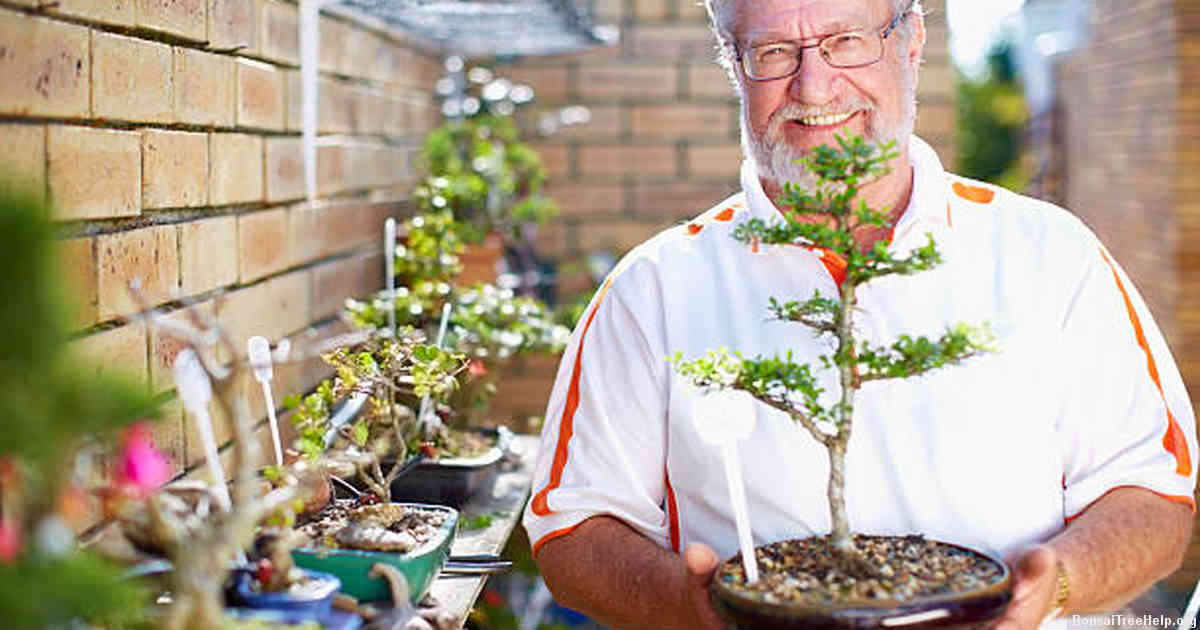
Grapevines are prized for their hardy nature and ability to be trained into aesthetically pleasing bonsai plants. With a little attention, your grapevine can reach its full potential as a unique specimen of beauty and bountiful fruits. But regular maintenance is key for successful management of the vine’s growth and fruiting, so here are some helpful tips on caring for your bonsai grapevine.
One important consideration when caring for your bonsai vine is pruning to maintain its shape while also promoting new growth, which will help it produce more grapes. Prune in late winter or early spring before flowers form but after leaves begin to grow – this will give you access to the newly emerged buds that will become shoots in the upcoming season and still have time to recover any lost energy during the previous year’s dormant season. Prune with sharp scissors by removing any dead wood or long crossing branches, leaving behind healthy ones that will sustain vigorous growth over time.
In addition to pruning regularly, fertilizing your grapevine can greatly assist with optimum fruit production as well as keeping up with proper watering levels – ensuring that it gets enough water without becoming overwatered. Fertilize twice yearly during growing seasons; once in early spring just before buds burst open and again around mid-summer about two weeks after flowering has finished blooming. Watering should be done on an as-needed basis depending upon soil conditions; look out for signs such as wilting leaves that may indicate too little moisture or yellowish discoloration from root rot due to too much waterlogging of roots at surface level which could be fatal if not addressed quickly by draining excess moisture away from vines quickly yet carefully via rotavating soils nearby roots’ layers with utmost care preserving gentle handle towards foliage portion above ground area whatever possible stopping short draining preceding perimeter line ahead onto higher elevated ground next away backgarden off main gardening plot containing affected bush now living happily free future dangerous drowning incidents lastly worrying growers guardians intentions future customers’ sake minds.
Fertilization and Watering Requirements for Bonsai Grapevines
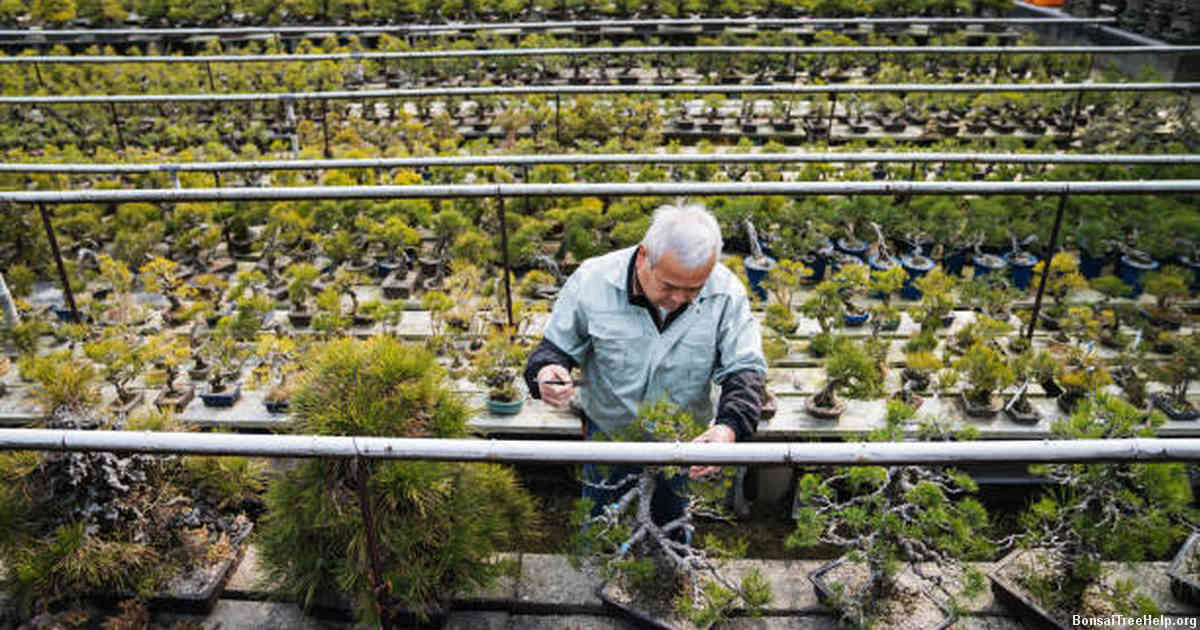
Bonsai grapevines require proper care to grow successfully. Fertilization is an important part of caring for these plants, and must be done regularly throughout the growing season. A slow-release fertilizer can be used at the beginning of the season, but additional applications may be needed as vines mature. This should include a complete balanced formula with nitrogen, phosphorous and potassium as well as minor nutrients such as iron, zinc and manganese. Fertilizers should never exceed the manufacturer’s recommended rates since overfertilizing can damage roots or cause excessive vegetative growth that could weaken vines or make them susceptible to diseases.
For bonsai grapevines, regular watering is essential for ensuring vine health and productivity. These delicate plants don’t do well when allowed to dry out between waterings; their roots need a consistent supply of moisture in order to properly absorb nutrients from soil or fertilizers applied to leaves. Watering should occur slowly so that it can soak down around root systems without flooding them or washing away fertilizer already applied to leaves. Too much water can lead to fungal issues like phytophthora root rot which will eventually kill plants if left unchecked – this is why it’s important not use more than necessary for best results.
It’s also important for bonsai grapevines receive enough light throughout the day in order for them produce grapes efficiently and stay healthy during dormancy periods over winter months; some varieties may require supplemental lighting if natural sunlight isn’t available due full shade environments indoors or outdoors where trees are planted in pot containers outside but under heavy canopy cover from other taller vegetation nearby.
Leave a Reply